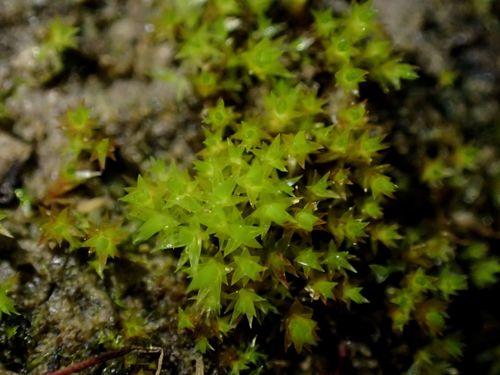
medium.jpeg from: https://inaturalist.ca/taxa/159538-Bryum-klinggraeffii
Introduction
Welcome, fellow moss enthusiasts! Today, we’re going to delve into the fascinating world of Bryum klinggraeffii Schimp., a captivating moss species from the Bryaceae family, commonly known as Bryum
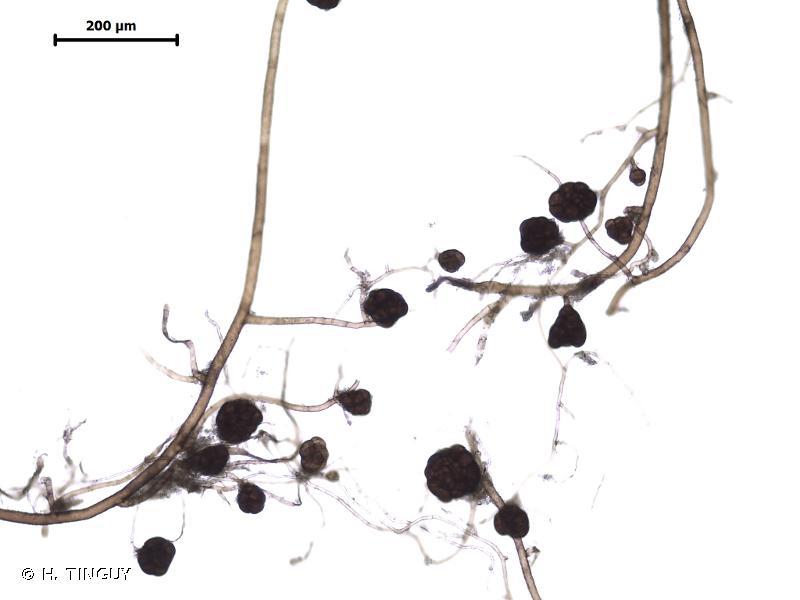
397972.jpg from: https://inpn.mnhn.fr/espece/cd_nom/5749
. Get ready to embark on a journey through the intricate details of this tiny, yet remarkable plant.
Background
Before we dive into the nitty-gritty of Bryum klinggraeffii, let’s set the stage with a bit of background information. Mosses belong to the division Bryophyta, which encompasses a diverse group of non-vascular plants. These resilient organisms have been around for millions of years, playing crucial roles in various ecosystems.
Main Content
Morphology and Identification
Bryum klinggraeffii is a acrocarpous moss, meaning its sporophytes (spore-bearing structures) grow at the tips of the stems. It forms dense, cushion-like tufts or mats, with stems reaching up to 2 centimeters in height. The leaves are ovate to lanceolate in shape, with a distinctive midrib running along their length. When dry, the leaves often curl inwards, giving the plant a distinctive appearance.
One of the key identifying features of
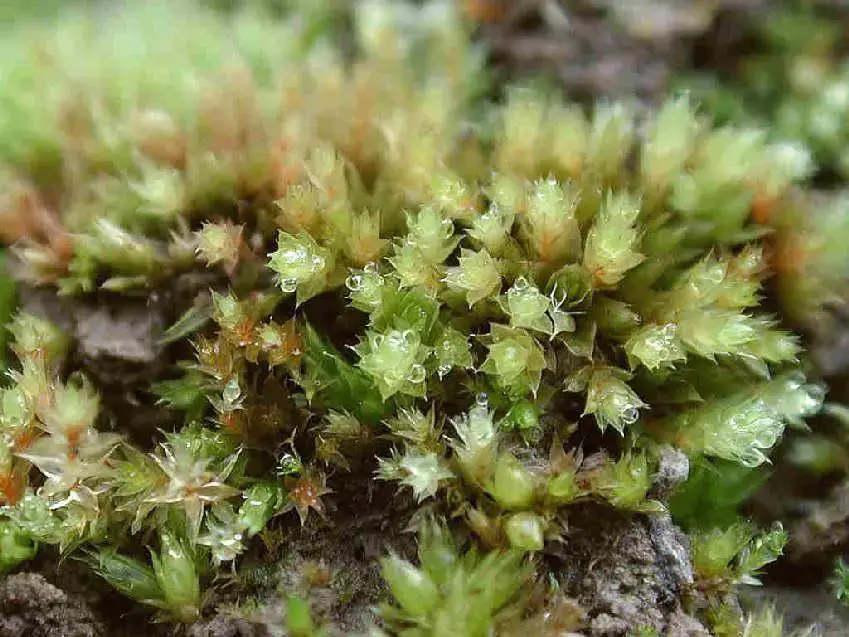
Bryum_klinggraeff_i3.JPG from: https://cisfbr.org.uk/Bryo/Cornish_Bryophytes_Bryum_klinggraeffii.html
Bryum klinggraeffii is its double peristome (a fringe of teeth surrounding the opening of the capsule). This characteristic helps distinguish it from other Bryum species.
Global Distribution and Habitat
Bryum klinggraeffii is widely distributed across various regions, including Europe, North America, and parts of Asia. It thrives in a variety of habitats, such as moist soil, rocks, tree bases, and even disturbed areas like roadsides and lawns. This moss is particularly fond of calcareous (lime-rich) substrates, making it a common sight in areas with limestone or chalk.
Ecological Roles and Adaptations
Despite their diminutive size, mosses like Bryum klinggraeffii play vital roles in their ecosystems. They act as pioneers, colonizing bare or disturbed areas, and contribute to soil formation and moisture retention. Additionally, they provide microhabitats for various invertebrates and serve as nesting materials for some bird species.
Bryum klinggraeffii exhibits remarkable adaptations that allow it to thrive in challenging environments. Its ability to withstand desiccation (drying out) and rapidly rehydrate when moisture becomes available is truly remarkable. This resilience is attributed to the presence of specialized cells and compounds that protect the moss during dry periods.
Case Studies/Examples
One fascinating example of Bryum klinggraeffii’s ecological significance can be found in the chalk grasslands of southern England. These habitats are home to a diverse array of plant and animal species, and Bryum klinggraeffii plays a crucial role in maintaining the delicate balance of these ecosystems. Its presence helps stabilize the soil, retaining moisture, and providing shelter for various invertebrates.
Technical Table
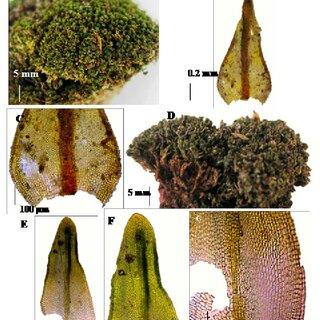
Didymodon-sinuosus-A-habit-B-leaf-C-lower-laminal-cells-Orthotrichum-rivulare_Q320.jpg from: https://www.researchgate.net/figure/Bryum-klinggraeffii-A-habit-B-capsule-C-peristome-teeth-D-annulus-and_fig4_269688773
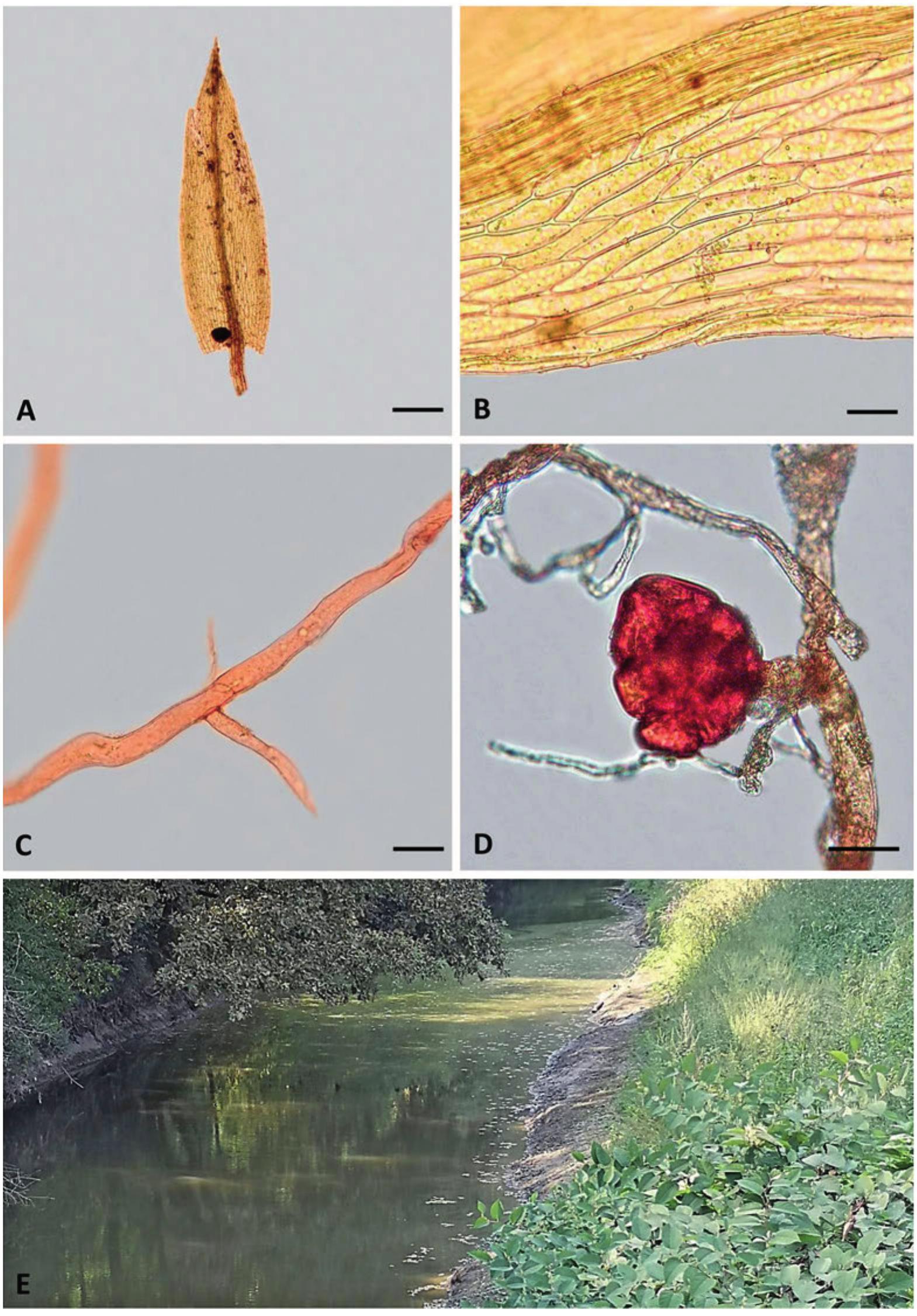
img-z6-1_255.jpg from: https://bioone.org/journals/herzogia/volume-34/issue-2/heia.34.2.2021.255/iBryum-klinggraeffii-i-and-iPhilonotis-marchica-i–new-to/10.13158/heia.34.2.2021.255.full
3e1a8a499dd10b52865e93cbd1a5401d from: https://shopee.sg/-Imported-RARE-Bryum-Billardieri-with-Rosulabrym-Moss-for-Terrarium-Vivarium-Paludarium-i.164581177.3537999382
| Characteristic | Description |
|---|---|
| Phylum | Bryophyta |
| Class | Bryopsida |
| Order | Bryales |
| Family | Bryaceae |
| Genus | Bryum |
| Species | klinggraeffii |
| Growth Form | Acrocarpous |
| Leaf Shape | Ovate to lanceolate |
| Peristome | Double |
| Habitat | Calcareous substrates, moist soil, rocks, tree bases |
| Distribution | Europe, North America, Asia |
Conclusion
As we bid farewell to the captivating world of Bryum klinggraeffii, let’s reflect on the incredible diversity and resilience of these tiny, yet mighty mosses. From their intricate morphology to their vital ecological roles, these unassuming plants continue to fascinate and inspire us. So, the next time you come across a lush, green carpet of moss, take a moment to appreciate the wonders of nature that lie beneath our feet.
Before we part ways, here’s a thought-provoking question for you: How might the study of mosses like Bryum klinggraeffii contribute to our understanding of environmental changes and conservation efforts?